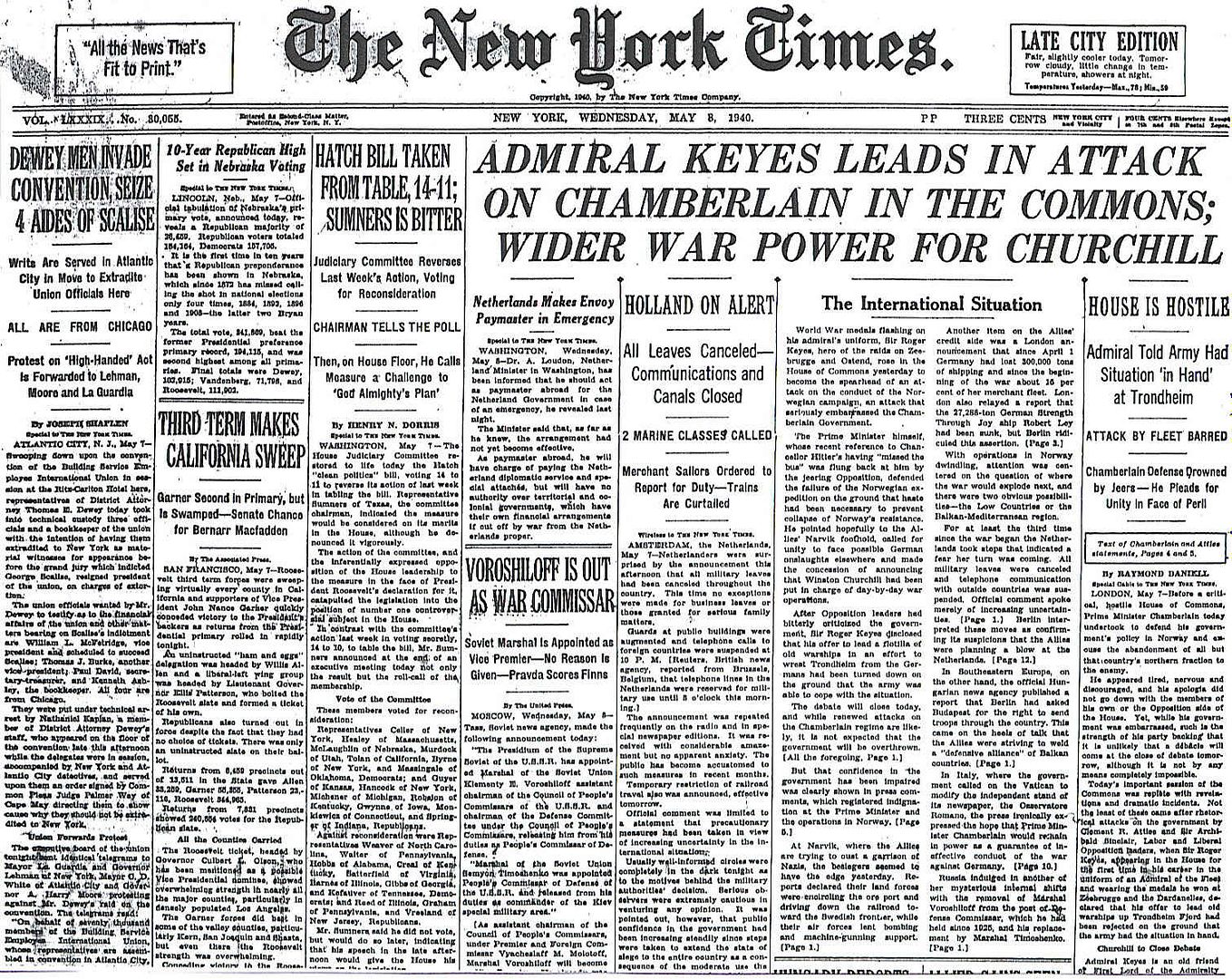
Posted on 05/08/2010 6:05:57 AM PDT by Homer_J_Simpson

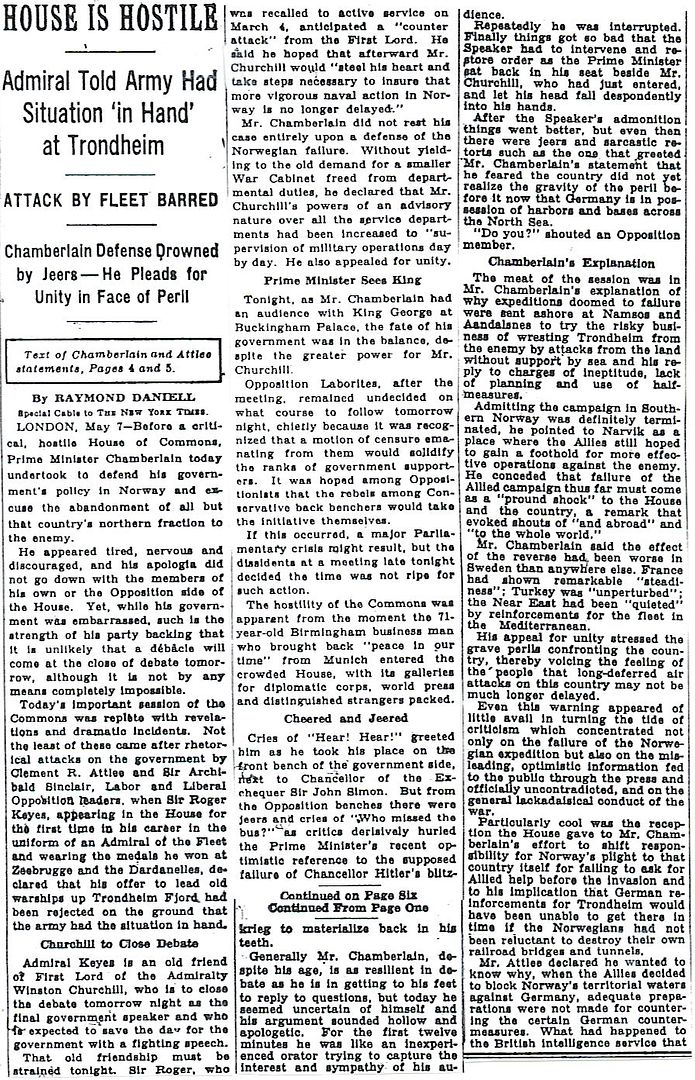
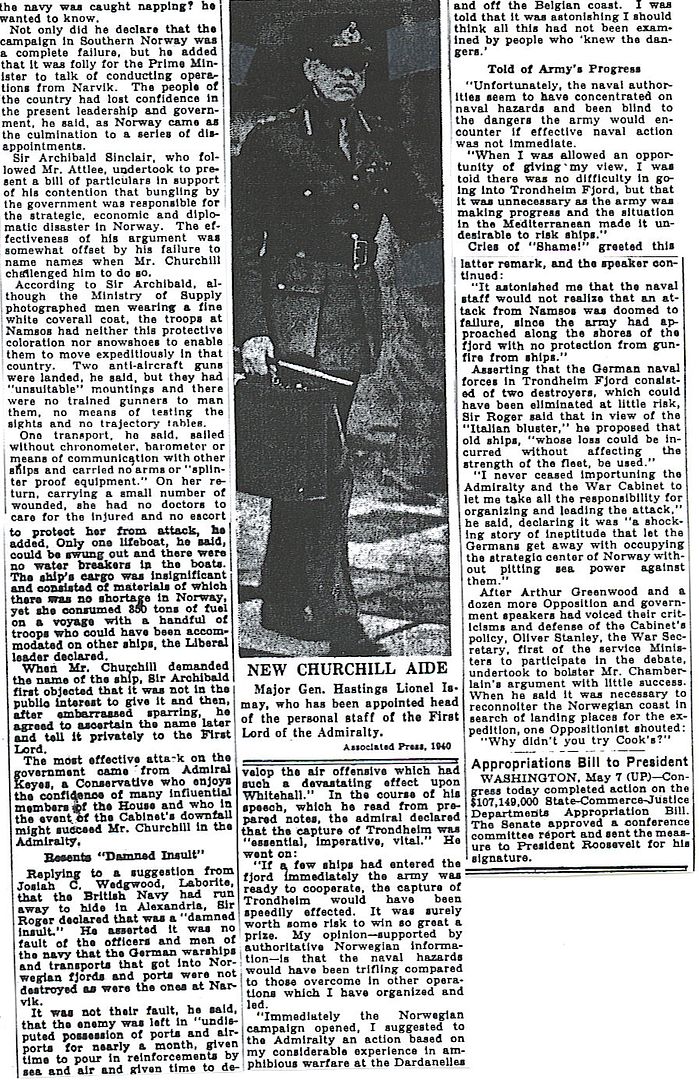
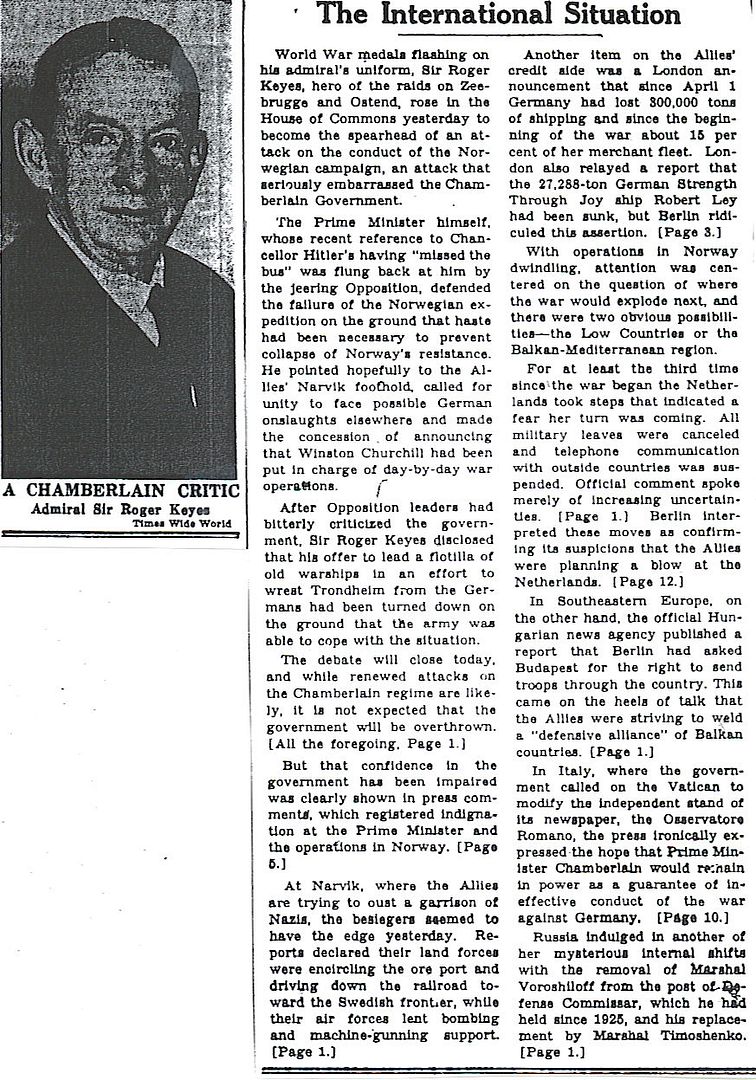
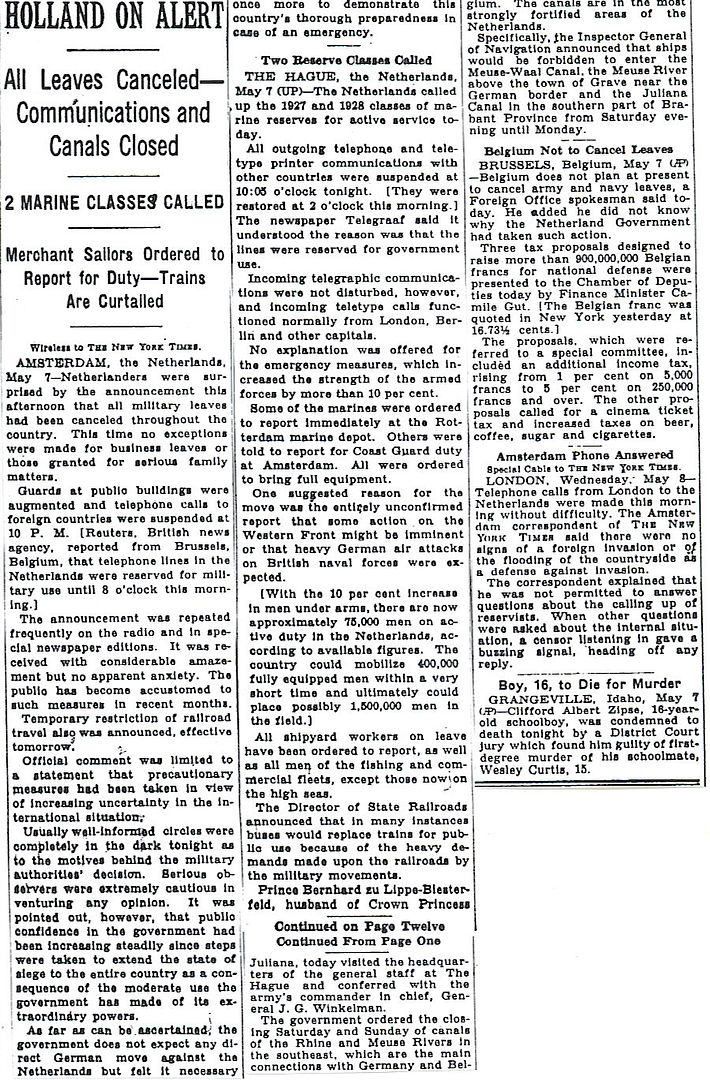
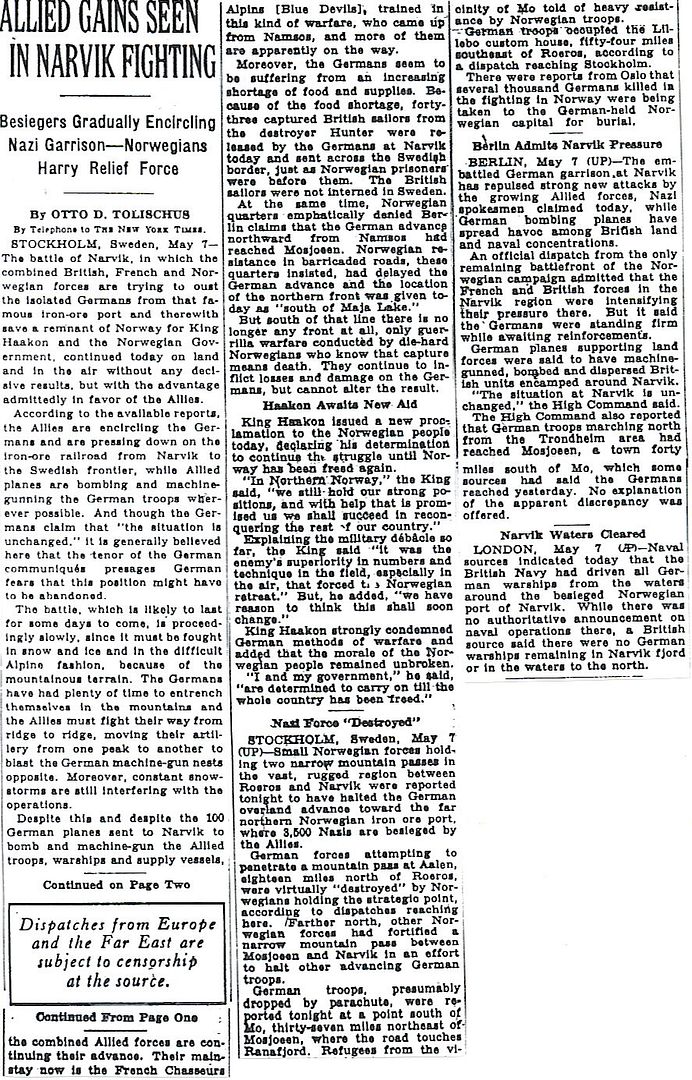
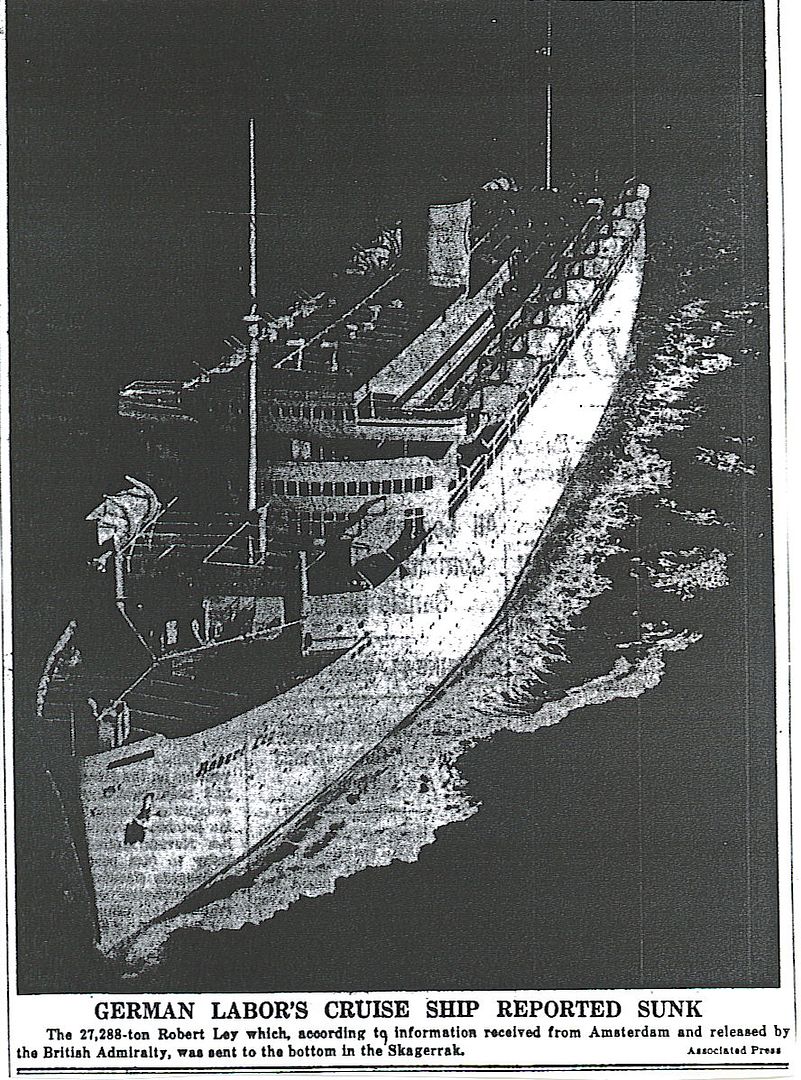
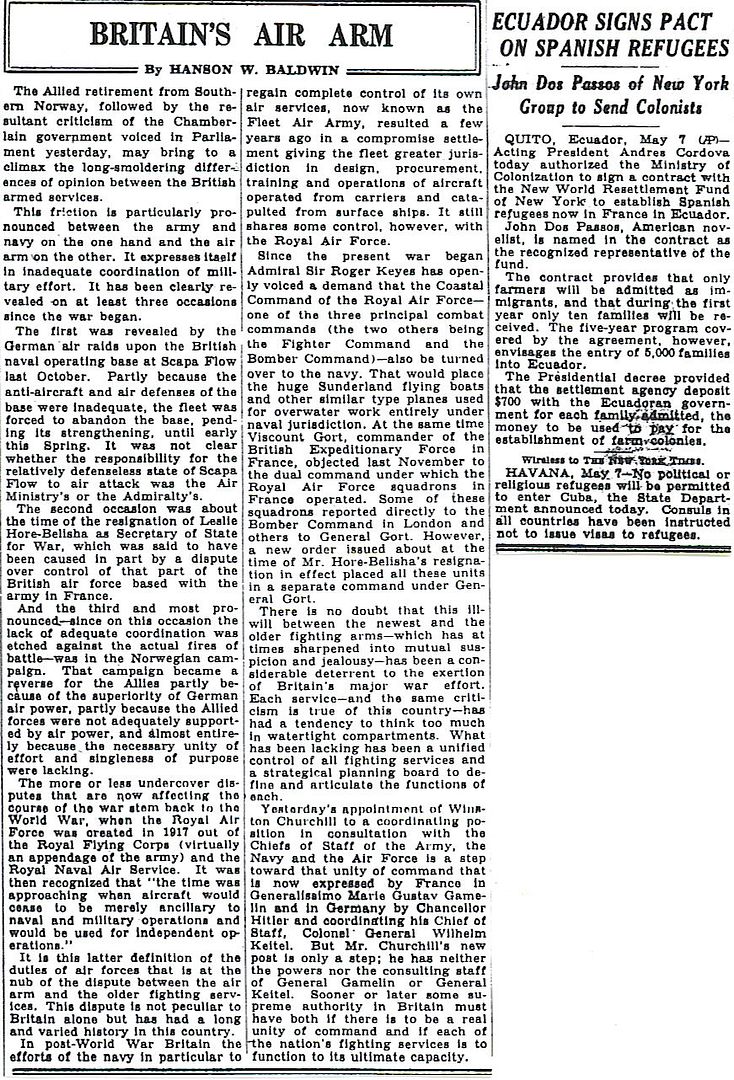
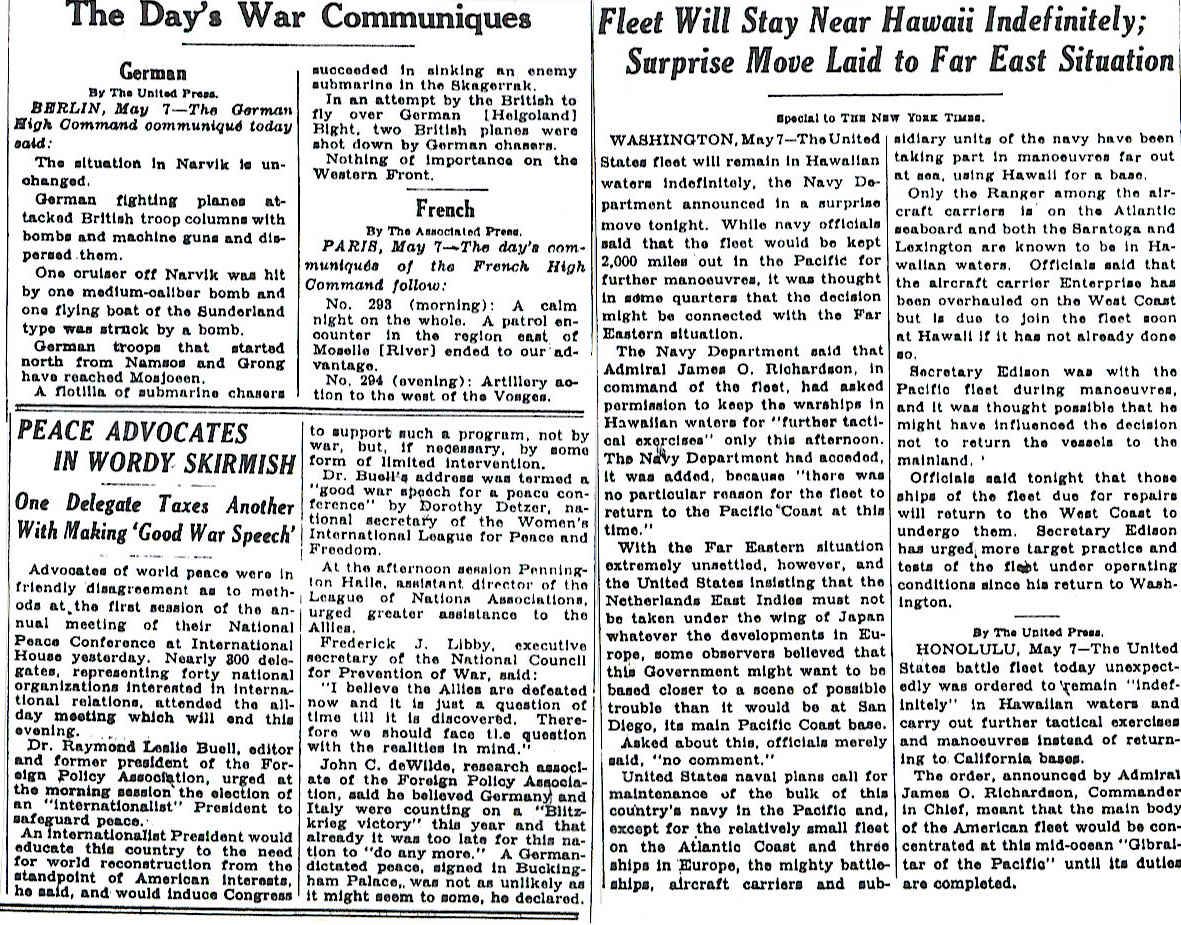
If yes, YIKES! and especially if it's true. POTUS as God.
"If yes, YIKES! and especially if it's true. POTUS as God."
Utter nonsense, and you need to cut it out.
Military units are sometimes sacrificed during wartime.
And according to the US Congressional Declaration of War, a state of war DID EXIST when the first Japanese bomb landed on its first US target.
I have said that FDR "provoked" the Japanese attack, but always with "provoked" in quotation marks.
The reason is, imho, that nothing the US did to Japan was an act of war.
Therefore the Japanese decision to attack US forces was strictly their own -- a war of choice.
What FDR did to "provoke" the Japanese was first move the Pacific Fleet to Pearl Harbor -- all the closer for Japan to attack.
Second, he kept the fleet in a state of woeful unpreparedness -- all the easier for Japanese to destroy.
Remember, it was Admiral Richardson's protests against being unprepared which got him fired by Roosevelt.
In short, FDR "provoked" the Japanese with military weakness.
Had the fleet been better prepared and alerted, the Japanese may not have attacked at all, thus delaying US entry into the war, very likely until it was too late for total victory.
I'll say again, I think FDR expected the attack on Pearl Harbor, and allowed it to happen because he knew, correctly, that nothing else would arouse Americans to commit themselves to total war against the Axis Powers.
What he did not expect were the levels of destruction delivered by Japanese bombers.
Utter nonsense, and you need to cut it out.
First, you never mention the lives lost with 'destruction' seeming to be only ships and planes, curious.
Second, I don't need to do anything and you telling me what I need is elitist Bullcrap. It's one thing to give up on troops that are in an indefensible situation in war, but quite different to intentionally put them there to start a war. If American's knew that that was what FDR did with the soldiers and sailors at Pearl he would have been put in jail or executed for a crime against humanity.
Calling FDR a "madman," a "war criminal," accusing him of "crimes against humanity" or sarcastically equating him to God -- as you have done -- is all just nut-talk, not serious discussion.
If all you want is excuse for more nut-talk, then this discussion is over.
But if you want serious reasons, then I'll point out what your over-eagerness to hang President Roosevelt has caused you to forget. It's this:
That first blow happened to land on Pearl Harbor.
I personally would not crucify President Roosevelt for that.
Would you?
Stinnett's book is dense at best, because it discusses many different codes, including the Japanese diplomatic Purple and J-series codes, plus the Kaigun Ango or Naval Codes, of which there were several.
By 1940 all the Japanese codes had been broken, and were routinely read in almost real time. Our guys fully understood not only the codes themselves, but the ways in which they were periodically changed. At most, it was a matter of a couple of days to read Japanese messages.
Amongst the Kaigun Ango or Naval Codes was the Ship Movement Code, the SM code, "a system for reporting arrival and departures of naval vessels from Japanese ports and anchorages..." p.72
Stinnett, pg 72-73: "Japan's SM code first disclosed the Hawaii plans early in November [1941].
"This code proved a gold mine for American cryptographers.
"It provided 210 movement reports of Japanese warships between November 2 and December 4.
"Every class of warship is represented, from mine layers to the carriers of the First Air Fleet.
"None of the SM dispatches was ever examined by Pearl Harbor investigators."
Stinnett says nothing about your "AN Code."
I suspect a typo, or perhaps like me, it is just too easy to get lost in Stinnett's discussion of all the different codes, who was intercepting what, which ones were decoded & read, reported on, etc., etc. ;-)
Stinnet does talk about a lot of codes. AN-1 and its group additives were an administrative code like Purple only it was for the IJN. On August 1st the Japanese added 50,000 new additive to the code book that made it unreadable. By Novemeber of 1941 only 3,800 code groups had been identified which still meant the code was unreadable.
Please understand that I not saying that Stinnet is wrong; I just pointed out that I didn’t see any mention of this pretty critical code that was used by the Japanese Navy. It is entirely possible that I missed it. I think Stinnet makes some compelling points in his book. He definitely give food for thought on the entire scenario surrounding the eventual attack on Pearl.
I've searched through Stinnett's book, and cannot find any mention of an "AN-1 Code", amongst either the diplomatic codes -- i.e., purple and J-series -- or the Kagun Ango Naval Codes.
Nor does he mention anything about 50,000 "new additives" of which only 3,800 broken by November 1941.
In Stinnett's version, all the codes were easily read throughout the period.
For Stinnett the real question is: who received the intelligence reports?
His answer is: President Roosevelt and his highest level military staff certainly did, but Admiral Kimmel and General Short did not.
(George Victor in "The Pearl Harbor Myth" also makes no mention of an "AN-1 Code").
What Stinnett does discuss in great detail are the Kaigun Ango Japanese Naval Codes of which there were four primary systems (Pgs 71-72):
Finally, this from Wikipedia (no mention of AN-1):
"...However, concerning the manning levels, "... just prior to World War II, [the US] had some 700 people engaged in the effort and [was], in fact, obviously having some successes."[8]
Of these, 85% were tasked to decryption and 50% to translation efforts against IJN codes.[9]
The nature and degree of these successes has led to great confusion among non-specialists."
So, we're talking about several hundred code-breakers working on just the Japanese Naval Codes.
And we are to believe that all these hundreds of people produced nothing prior to December 7, 1941?
I don't believe it.
Stinnett says our guys never had a serious problem reading the Japanese 5-Num Naval Code D (aka JN-25).
The original article is called "Closing The Book on Pearl Harbor" by Stephen Budiansky and is in the April, 2000 issue of Crytologia. Stephen Budiansky also wrote "Battle of Wits: The Complete Story of Codebreaking in World War II" which though I have not read it, I did look at portions of it on Google Books when I was researching the "Big Leak" paper I did on the leak of the Rainbow 5 Plan to the Chicago Tribune on December 4th, 1941. The article was actually one of my primary sources on the background I put forth in that essay. (Pretty good essay I thought, though I admit that I could not identify who the source of the leak was.)
So Stinnett does mention the AN-1 after all, just under a different name, which is what I suspected was going on after we went back and forth on this a few times. Also he mentions in his notes that the 5-Numeral or AN-1 to match up the terminology was translated in 1945 and 1946 (p. 334). Too late for Pearl. The only way to verify this would be go the the National Archives and look at the RG 457 documentation. The Japanese decrypts in question are in boxes 286-516 so talk about something that would take a while. :)
What is interesting is that Stinnett says that all these codes were were easily read during this period then points out in his notes that the AN-1 was not translated until 1945. Strange oversight. But again, I'm not criticizing his theory, I just find it interesting that this unbroken code is not more predominant in his research. That doesn't necessarily mean anything.
As to Wiki not mentioning AN-1, I again urge you not to use Wikipedia as a primary source. Just because it's not in it, doesn't mean it does not exist. I had to do some digging to make this connection and I never once looked at Wikipedia to do it.
I found this article in my searching which ties the terminology together and is a pretty well researched essay so far. I'm about half way through it at the moment and will get back to it tonight after my son's graduation party.
Decoding Pearl Harbor: USN Cryptanalysis and the Challenge of JN-25B in 1941
I had more time than I thought. Do read that article. I think you will find it very interesting. I just finished it and I think he makes a pretty good case that we were reading more of JN25B than previously thought.
In Stinnett's defense, here are his exact words, which you referenced:
Beginning in chapter 4, page 46-47:
"Hitokappu Bay, an inlet on Etorofu Island in the Kurile Islands group, was the assembly location for six carriers of the First Air Fleet -- the offensive power of the Pearl Harbor raid.
Joining the carriers in the anchorage were its support force of two battleships, two heavy cruisers, eleven destroyers, and three "I" type submarines, plus the crucial supply train of seven tankers."Several warships committed a serious radio security breach during their sortie to the Hitokappu Bay anchorage: each transmitted coded movement reports -- reports that could be read by American naval cryptologists in Washington, according to Albert Pelletier one of the Navy's top cryppies at Station US" [Station US was in Wash DC]. Footnote 18
Now, turning to your referenced page 334, we find footnote 18:
"During 1941 apparently 90 percent of the Japanese navy's coded movement reports were decoded and translated in Washington at Station US, according to an article written by US Navy cryptologist Captain Al Pelletier in Cryptolog, Summer 1992 issue, p.5."But Duane Whitlock, a 1941 raido traffic analyst at Station CAST (the US Navy's cryptographic center for the US Asiatic Fleet on Corregidor island) said in a telephone interview with the author that his unit was not provided the means to decode Japan's ship movement code.
" 'If Washington was reading Japan's ship movement code in 1941, that's news to me,' Whitlock said in the interview. 'We did not have the solution to the ship movement code at CAST' (Whitlock telephone interview, June 1999, notes in author's file)."For Japanese radio orders directing warships to standby locations, see the Special Research Navy (SRN) file in RG 457, and the Daily Chronology of Station H [Hawaii], dated Nov. 15-30, 1941 in RG 38, MMRB, at Archives II.
"The reader is reminded that the English text in the SRN translations contained in RG 457 was "trans" in 1945 and 1946; the original intercepts were obtained in 1941.
There is no reliable evidence, found by the author, that establishes how much of the 5-Num text could be deciphered, translated, and read by naval cryptographers in 1941."
In summary: In 1941, 90% of the Japanese Navy's SM movement reports were decoded and read in Washington, but there's no reliable evidence showing how much of 5-Num text was read in 1941.
Elsewhere Stinnett demonstrates why he thinks most of the 5-Num text messages were decoded & understood, and why Japan's supposedly airtight "radio silence" was anything but.
Will read the rest later.
That's the only part that is directly related to what I'm talking about, the rest is just additional material on other codes.
Disclaimer: Opinions posted on Free Republic are those of the individual posters and do not necessarily represent the opinion of Free Republic or its management. All materials posted herein are protected by copyright law and the exemption for fair use of copyrighted works.